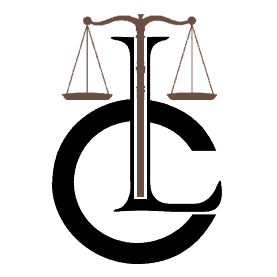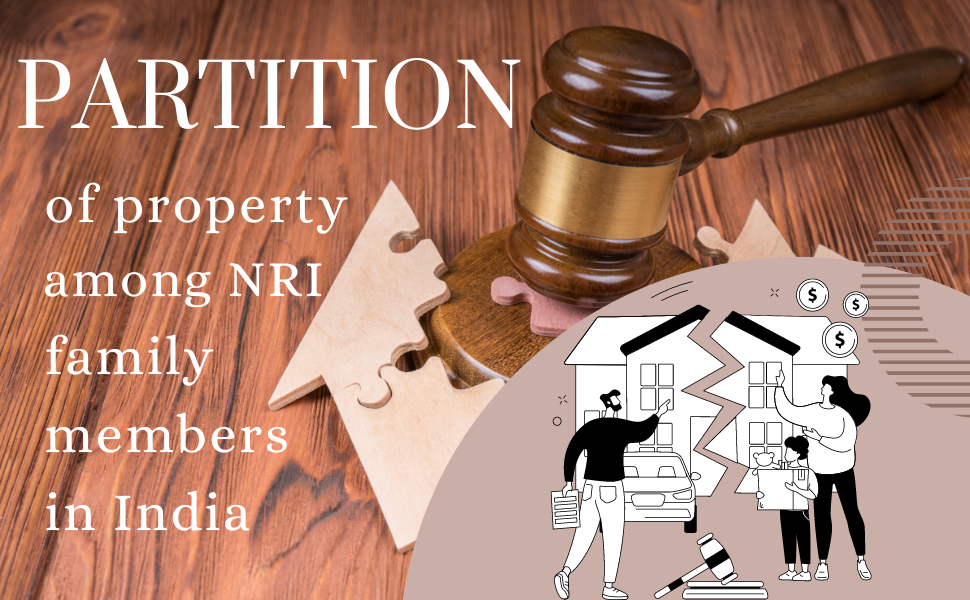Is there anything worse than the feeling you get after you're involved in a car accident?
Just a split second, the wrong decision, or moment of inattention and you start to imagine it's all your fault. After all, it is your car, and if you weren't driving, the accident wouldn't have happened right? Luckily, that's not the case.
Car accidents happen all the time, and many times they're not the fault of the driver or the passengers. That's why it's important to know how to report a car accident.
Keep reading to learn about the process for reporting a car accident, as well as the proper protocol, website advice, and more.
Get a Lawyer
One of the most important steps is to get a lawyer. Car accident lawyers help those involved in an accident understand their rights, build and present the case, and help with recovery. Researching a few local lawyers and finding one with a good reputation and experience with similar cases is important.
Make sure to be thorough when finding the right lawyer to help with the accident. The lawyer can advise on the best route to take to get the best effects from the claim. They can also help you avoid common car accident lawsuit mistakes, which may hurt your case.
They can also help you file a police report online. Having a qualified lawyer on your side makes the process faster, easier, and in most cases, much more effective.
Take Note of the Date and Location of the Accident
In filing a car accident police report taking note of the date and location of the incident is essential. Take a quick moment to jot down the date and time, as well as the exact location of the accident and what happened.
Even if you cannot remember every detail, it is important to have this information before filing a report. Having this information will make the reporting process easier and you’ll have the necessary details to help prove that you were at the scene.
Make a Diagram of What Happened
When an accident happens, it is important to properly report the car accident. The important step is to make a diagram of what happened. The diagram should include a description of the vehicles involved including make, model, and license plate information.
It should also include information regarding the road, intersection, or other details of the scene. Additionally, the diagram should include the direction of travel for each vehicle and any evidence of skid, damage, din, or other activity. It should describe the weather and lighting conditions.
Additionally, the diagram should note who was driving each vehicle, if any occupants were injured, whether anyone was cited, and whether any witnesses were present. All of this information can help ensure that any potential accident claims are handled correctly and accurately.
Gather Evidence and Witnesses
It is important to gather evidence and witnesses at the scene for a detailed accident report. Witnesses can provide insight into the cause of the accident, such as who had the right of way, or if any driver violated traffic laws. This information can then be used to determine who is liable for the accident, if there was any negligence, or even if the incident is a result of product failure.
Photos of the scene should be taken, showcasing the vehicles, the street or highway, and any potential hazards. This evidence can help prove what occurred and how extensive the damage was.
Lastly, if anyone witnessed the accident or if there were any injuries, the witnesses should provide an account of what occurred and should provide any necessary details. Gathering evidence and witnesses is an integral part of reporting a car accident to secure justice for those affected.
Get Yourself Checked Out for Injuries
After a car accident, it is essential to get yourself checked out for injuries regardless of how small the accident may have been. Even if there are no visible injuries due to shock, latent damage to the body may go undetected. Therefore, a medical evaluation should be the first and foremost step when you are involved in an accident.
Before proceeding to report an accident, assess your condition and visit the doctor for a thorough physical checkup. You should also keep in mind that some injuries may take hours or even days to start causing symptoms.
Therefore, it is crucial to get yourself assessed even if you are feeling relatively healthy initially. Aside from physical health, it is important to file a report with your insurance company so that reimbursements, if any, may be made.
Call the Police and Insurance Company
When an accident happens, it is important to immediately report it to call the police and insurance company. Calling the police ensures full documentation of the incident is completed as soon as possible. This is important for accurately filing an insurance claim. Depending on the situation, the police department may or may not come out to the scene.
After contacting the police, it is important to connect with your insurance company as soon as possible. Your insurance company will explain the paperwork and claims process to you, along with any other details of the accident. Once the process is finished, you should receive a response from the insurance company regarding the claim on time.
Maintaining a record of the police report and insurance paperwork is also important to have on file. It is recommended to immediately report the accident to the police. Taking these steps after an accident is important to ensure a safe and quick resolution.
Don't Delay the Reporting a Car Accident
Accidents can be stressful and hectic, but knowing how to properly report a car accident can alleviate some of the hassles. Follow these steps -- contact law enforcement, exchange information, document the accident, and notify your insurance provider -- and you'll be on your way to a smooth recovery.
Reporting a car accident is crucial to help protect your right and help in any damages. Don't hesitate to reach out for help if needed. Let's all pledge to do our part in preventing vehicle accidents in the future.
If you want to read more interesting articles, follow our daily blog post.
 Law Credo
Law Credo





